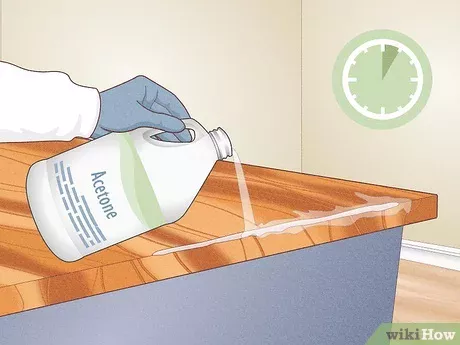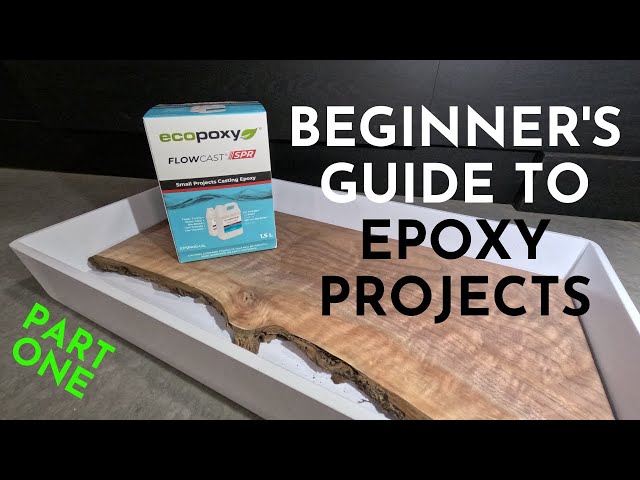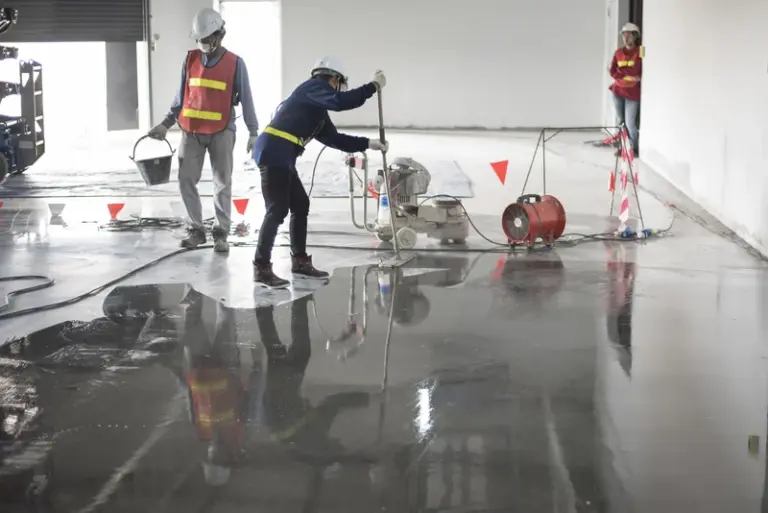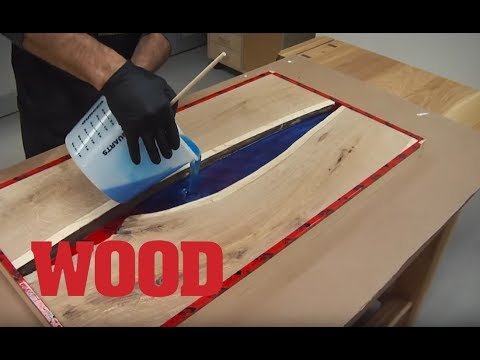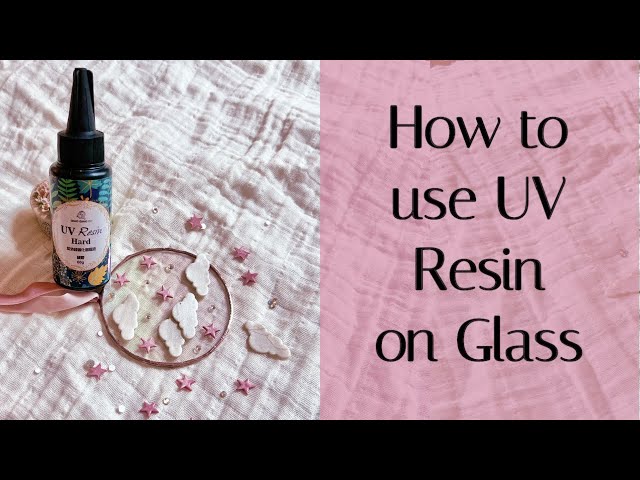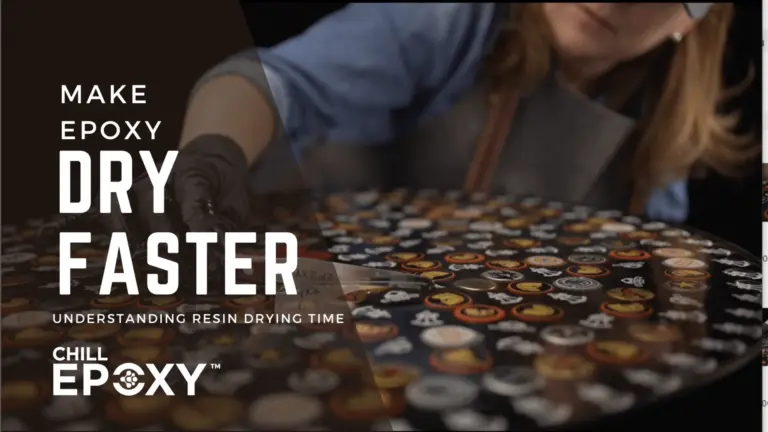How to Remove Epoxy Resin from Metal: Techniques
Removing Epoxy Resin from Metal
Dealing with epoxy resin on metal surfaces can be challenging, but with the right techniques, you can effectively remove it. Here’s a guide on how to tackle both uncured and cured epoxy resin on metal.
General Overview of Epoxy Removal
Epoxy resin is a strong adhesive, making its removal tricky. Whether you are working with uncured or cured epoxy, choosing the right removal method is key. For uncured epoxy, solvents are typically effective. Conversely, removing cured epoxy often requires heat, chemical solvents, or mechanical methods.
Removing Uncured Epoxy
If you catch the epoxy before it cures, your task will be easier. Using solvents is the most efficient way to remove uncured epoxy. Here are some commonly used solvents:
- Household Vinegar
- Isopropyl Alcohol
- Denatured Alcohol
- Acetone
- Lacquer Thinner
Follow these steps:
- Apply the Solvent: Dampen a cloth with your chosen solvent and apply it to the epoxy area.
- Wipe Off the Epoxy: Using gentle motions, wipe off the uncured epoxy from the metal surface.
- Clean the Metal: Once the epoxy is removed, clean the area with soap and water to neutralize the solvent.
Removing Cured Epoxy
Removing cured epoxy is more labor-intensive and may require multiple methods to be effective.
Heat Application
Heat can help soften cured epoxy, making it easier to scrape off. Epoxy typically starts to soften at temperatures above 180°F (Entropy Resins).
Steps:
- Warm the Area: Use a heat gun or hairdryer to warm the epoxy. Keep the heat source moving to avoid overheating any specific spot.
- Scrape the Epoxy: Use a plastic scraper or a similar tool to remove the softened epoxy.
Chemical Solvents
If heat is not an option, chemical solvents like acetone can break down cured epoxy (Hong Teck Hin).
Steps:
- Apply the Solvent: Pour or spray acetone on the epoxy resin.
- Wait: Let it sit for about 10-15 minutes to break down the epoxy.
- Scrape Off the Residue: Use a plastic scraper to remove the softened epoxy.
Mechanical Methods
For more stubborn epoxy, mechanical removal may be necessary:
- Scraping: Use a plastic scraper or credit card to gently scrape the epoxy.
- Sanding: Start with coarse grit sandpaper and work up to finer grits if needed.
- Grinding: Use a rotary tool with a sanding or grinding attachment for larger areas. Always wear safety goggles and a mask to protect against dust and debris (Hong Teck Hin).
| Method | Tools Needed | Pros | Cons |
|---|---|---|---|
| Heat | Heat gun, hairdryer, plastic scraper | Effective for large areas | Risk of overheating metal |
| Chemical Solvents | Acetone, cloth, plastic scraper | Good for precise applications | Requires safety precautions |
| Scraping | Plastic scraper, credit card | Simple and direct | May scratch metal surface |
| Sanding/Grinding | Sandpaper, rotary tool, safety gear | Effective for stubborn epoxy | Labor-intensive |
After removing the epoxy, always perform a thorough cleaning to remove any residues left by the solvents or mechanical methods. For more detailed instructions on cleaning and restoring metal surfaces, check out our section on how to clean epoxy resin.
Never forget safety. When using heat or chemicals, make sure to work in a well-ventilated area and wear appropriate protective gear. For additional resources on epoxy resin and related topics, you can refer to how to use epoxy resin and is epoxy resin toxic.
Using Heat to Remove Epoxy
When it comes to learning how to remove epoxy resin from metal, heat is a valuable tool. Softening the cured epoxy resin with heat makes it more manageable and easier to remove.
Softening Epoxy with Heat
Heat application is a straightforward way to soften cured epoxy, enabling easier removal. Here’s how it works:
- Heat Gun or Hair Dryer: Utilize a heat gun or a hair dryer on high heat.
- Distance and Time: Hold the device about 2-3 inches away from the epoxy surface. Apply heat for several minutes, being cautious not to overheat the metal to avoid damage.
| Epoxy State | Temperature for Softening (°F) | Distance (inches) | Time (minutes) |
|---|---|---|---|
| Cured Epoxy | Above 180°F | 2-3 | 3-5 |
Once the epoxy softens, use a plastic scraper or a credit card to gently scrape it off. For the best technique, visit our guide on how to use epoxy resin (Entropy Resins).
Safety Precautions with Heat
Safety is paramount when using heat to remove epoxy resin. Follow these precautions:
- Wear Protective Gear: Safety glasses and heat-resistant gloves are essential.
- Ventilation: Ensure proper ventilation to disperse any fumes generated by heating the epoxy.
- Temperature Control: Monitor the heat to prevent overheating the metal and causing permanent damage.
- Avoid Flammable Items: Keep flammable materials away from the heat source.
Following these safety guidelines helps ensure a secure epoxy removal process (Hong Teck Hin).
In cases where heat is not suitable or effective, explore other methods like chemical solvents or mechanical techniques by visiting our guide on what dissolves epoxy resin. For more detailed information, you can learn about using various products and techniques in our how to clean epoxy resin off tools section.
Chemical Solvents for Epoxy Removal
Chemical solvents play a crucial role in removing epoxy resin from metal surfaces. These solvents break down the epoxy, making it easier to clean off. One of the most effective solvents for this task is acetone. However, it’s important to follow safety guidelines when using any chemical solvent.
Acetone for Removing Epoxy
Acetone is a commonly used solvent that can effectively remove epoxy resin from metal surfaces. It reacts with the epoxy, breaking it down and making it easier to scrape off. Here’s how you can use acetone to remove epoxy:
- Apply Acetone: Pour acetone onto a clean cloth or directly on the epoxy-covered metal surface.
- Let It Sit: Allow the acetone to sit for a few minutes. This will soften the epoxy, making it easier to remove.
- Scrape Off: Use a plastic scraper or an old credit card to gently scrape the softened epoxy off the metal surface.
Remember to always wear gloves while handling acetone and work in a well-ventilated area (Hong Teck Hin).
| Solvent | Application Time | Effectiveness |
|---|---|---|
| Acetone | 5-10 minutes | High |
| Isopropyl Alcohol | 10-15 minutes | Medium |
| Denatured Alcohol | 10-15 minutes | Medium |
Safety Measures with Chemical Solvents
Using chemical solvents like acetone requires adherence to safety precautions to avoid potential hazards. Here are some key safety measures:
- Work in a Well-Ventilated Area: Chemical solvents can release fumes that are harmful when inhaled. Always use them in areas with good air circulation.
- Wear Personal Protective Equipment (PPE): This includes gloves, safety goggles, and a mask to protect yourself from chemical splashes and fumes.
- Avoid Open Flames: Acetone and other solvents are highly flammable. Keep them away from open flames or heat sources.
- Proper Storage: Store chemical solvents in a cool, dry place away from direct sunlight and open flames.
These precautions are essential to ensure a safe and effective epoxy removal process (Super Epoxy Systems).
For more guidelines on dealing with epoxy resin, check out our article on how to remove epoxy resin. If you’re curious about alternatives to chemical solvents, you can explore what dissolves epoxy resin for other options.
Mechanical Methods for Epoxy Removal
Mechanical methods can effectively help remove epoxy resin from metal surfaces. These techniques involve physical tools to scrape or sand away the resin. Below, we’ll explain two common methods: scraping and sanding/grinding.
Scraping Epoxy off Metal
For small areas of epoxy, scraping is an easy and effective approach. A plastic scraper or even an old credit card can gently remove the epoxy resin without scratching the metal, as noted by Hong Teck Hin.
Steps to Scrape Epoxy:
- Gather Tools: Use a plastic scraper or credit card.
- Soften the Epoxy: If the epoxy is hard, you may soften it using a heat gun or hair dryer.
- Scrape Gently: Apply gentle pressure to lift off the epoxy resin.
- Clean the Surface: After scraping, clean the area to ensure no residue remains.
Sanding and Grinding Techniques
For larger epoxy-covered areas, sanding and grinding are more suitable. Using power tools like rotary tools with sanding or grinding attachments can efficiently remove epoxy without damaging the underlying metal, according to Hong Teck Hin.
Steps for Sanding/Grinding:
- Prepare Your Tools: Select appropriate sanding or grinding attachments.
- Safety First: Wear safety goggles and a mask to protect yourself from dust and debris.
- Sanding Process:
- Start with a coarse grit sandpaper.
- Gradually move to finer grits for a smooth finish.
- Grinding Process:
- Use a low-speed setting initially.
- Work in small sections to avoid overheating the metal.
- Final Clean-Up: Ensure to clean the metal surface thoroughly after sanding or grinding.
| Mechanical Tool | Effectiveness | Best For |
|---|---|---|
| Plastic Scraper | Moderate | Small areas |
| Credit Card | Moderate | Small areas |
| Rotary Tool | High | Large areas |
| Sandpaper | High | Large areas |
Mechanical methods are great for removing epoxy from metal surfaces, ensuring thorough and efficient results. For more specific techniques and tips, you might want to check how to sand and polish epoxy resin and learn about additional steps in our article on how to clean epoxy resin off tools.
Cleaning After Epoxy Removal
Once you have successfully removed the epoxy resin from the metal surface, a thorough cleaning process is essential to ensure no residue remains. Additionally, inspecting and restoring the metal surface can help to maintain its integrity and appearance.
Thorough Cleaning Process
To clean the metal surface after removing epoxy resin, follow these steps:
-
Use a Mild Solvent: Begin by applying a mild solvent, such as rubbing alcohol or acetone, to the cleaned area. This helps to eliminate any remaining resin residue or debris. Always wear gloves for safety when handling solvents.
-
Scrub the Surface: Gently scrub the area with a soft cloth or sponge soaked in the solvent. Make sure to cover the entire surface uniformly.
-
Rinse and Dry: After scrubbing, rinse the metal surface with water to remove any solvent traces, and dry it with a clean cloth.
| Step | Action |
|---|---|
| 1 | Apply rubbing alcohol or acetone |
| 2 | Scrub with a soft cloth or sponge |
| 3 | Rinse with water |
| 4 | Dry with a clean cloth |
Proper disposal of epoxy waste is crucial to ensure environmental safety. Do not pour epoxy resin down the drain, sink, or septic system. Follow Federal, State, and local regulations for disposal. More information is available in our article on how to clean epoxy resin.
Inspection and Restoration
After cleaning, inspect the metal surface for any damage or scratches caused during the epoxy removal process.
-
Examine for Damage: Check the surface closely for any signs of wear, scratches, or damage.
-
Repair Scratches: If there are minor scratches, use fine-grit sandpaper to lightly sand the affected areas. For deeper scratches, consider refinishing or polishing the surface.
-
Polish the Metal: To restore the original shine, apply a metal polish and buff the surface with a clean, soft cloth. This will help to achieve a smooth, shiny finish.
| Step | Action |
|---|---|
| 1 | Examine for damages |
| 2 | Sand or refinish scratches |
| 3 | Apply metal polish and buff |
For more information on the latest polishers you can use, visit our guide on what are some good polishers for epoxy resin.
By following these steps, you can ensure your metal surfaces remain clean and well-maintained after the removal of epoxy resin. Check out our additional resources, such as how to sand and polish epoxy resin, for more related tips and techniques.
Best Practices for Epoxy Cleaning
Using Epoxy Cleaners
When it comes to epoxy resin projects, using the right cleaner is crucial for maintaining your tools and surfaces. One highly recommended product is the SuperClean Epoxy Cleaner. This solvent is based on Isopropyl Alcohol and contains proprietary ingredients that are effective for cleaning excess epoxy from tools and surfaces, as well as preparing surfaces for the next epoxy pour (Super Epoxy Systems).
To use epoxy cleaners like SuperClean Epoxy Cleaner:
- Apply the cleaner to the area covered with epoxy.
- Allow it to sit for a few minutes to soften the resin.
- Wipe away the softened epoxy with a cloth.
For uncured or partially cured epoxy, consider using a heat gun or hair dryer to soften the material before applying the cleaner. Soaking small items in Isopropyl Alcohol or the cleaner can also help to loosen the resin before scraping it off. For more details on how to use epoxy resin, visit how to use epoxy resin.
Disposal Guidelines
Disposing of epoxy resin and its cleaners requires careful attention to avoid environmental harm. It is recommended not to pour epoxy resin down the drain, sink, or into septic systems. Instead, follow Federal, State, and local regulations to dispose of epoxy properly (Super Epoxy Systems).
Here are some guidelines for safe disposal:
- Cured Epoxy: Once the epoxy has cured, it can generally be disposed of with regular trash, as it is inert and non-toxic.
- Uncured Epoxy: Store in a sealed container and take it to a hazardous waste disposal facility.
- Cleaning Solvents: Follow the manufacturer’s instructions for safe disposal. Many cleaning solvents can be harmful to the environment.
For more information about epoxy resin safety, you can refer to articles such as is epoxy resin toxic and how to pour epoxy resin.
By following these best practices for cleaning and disposing of epoxy resin, you can ensure that your adhesive projects are not only successful but also environmentally responsible. For additional information on maintaining your epoxy resin tools and finished projects, visit how to clean epoxy resin off tools and how to polish epoxy resin.

